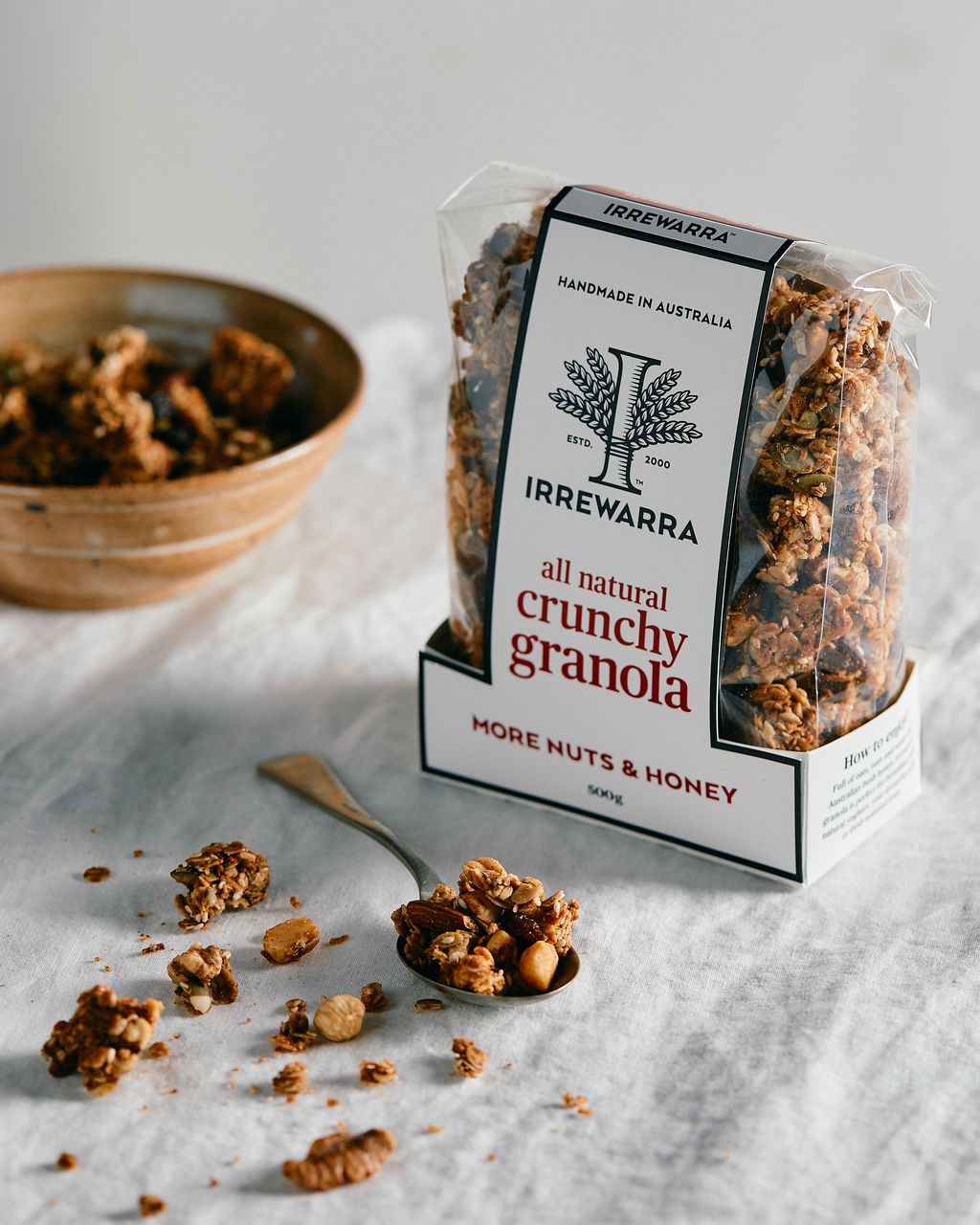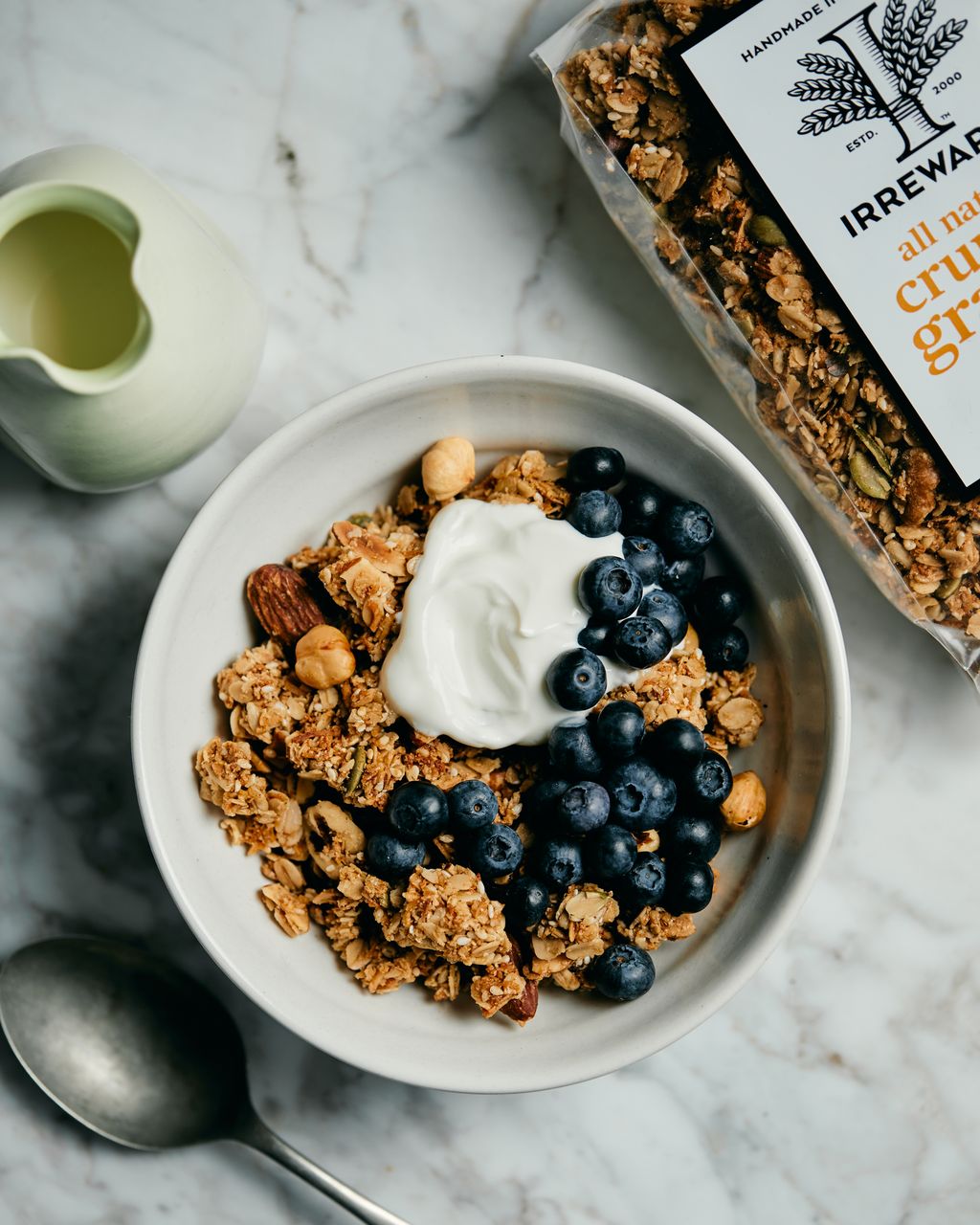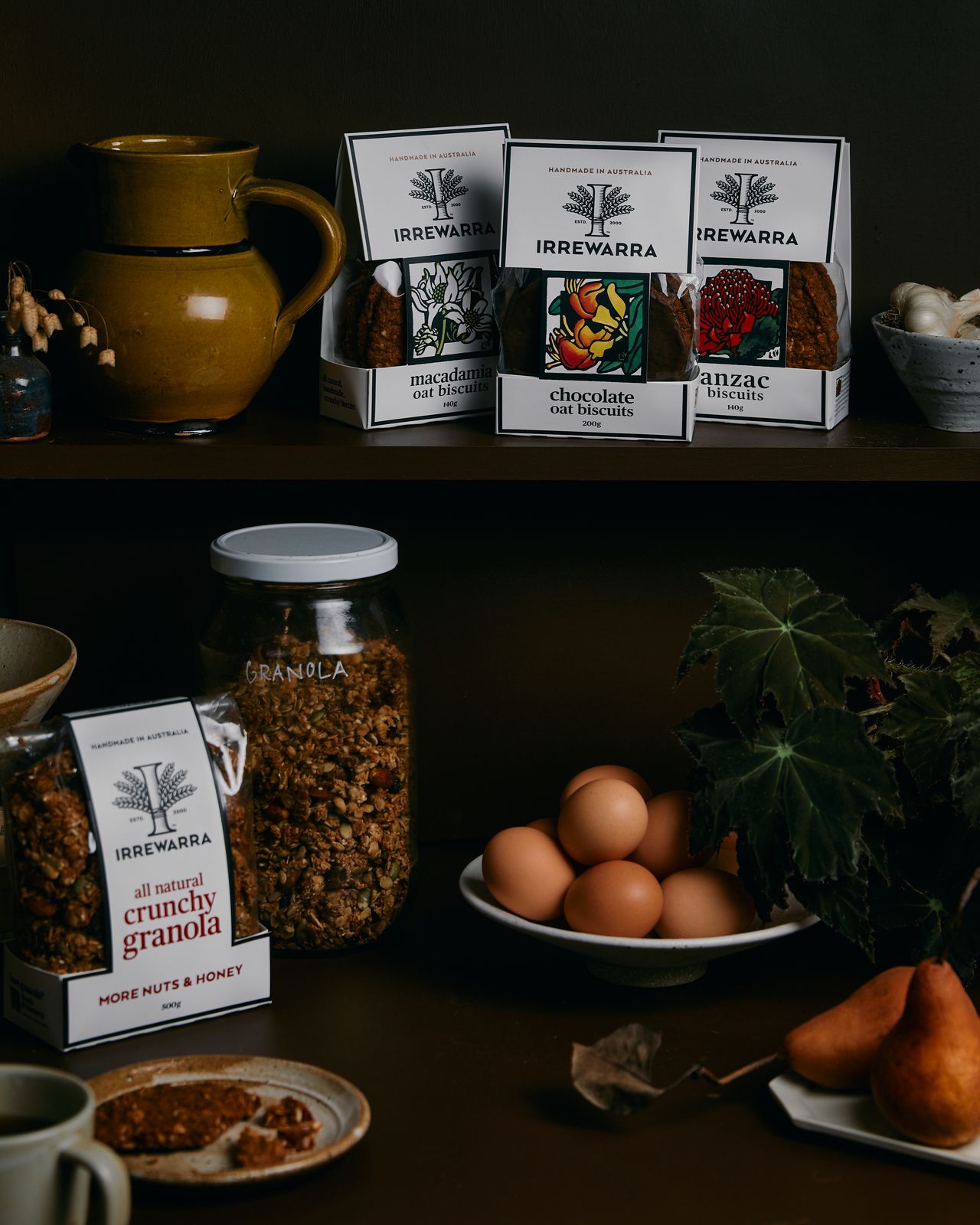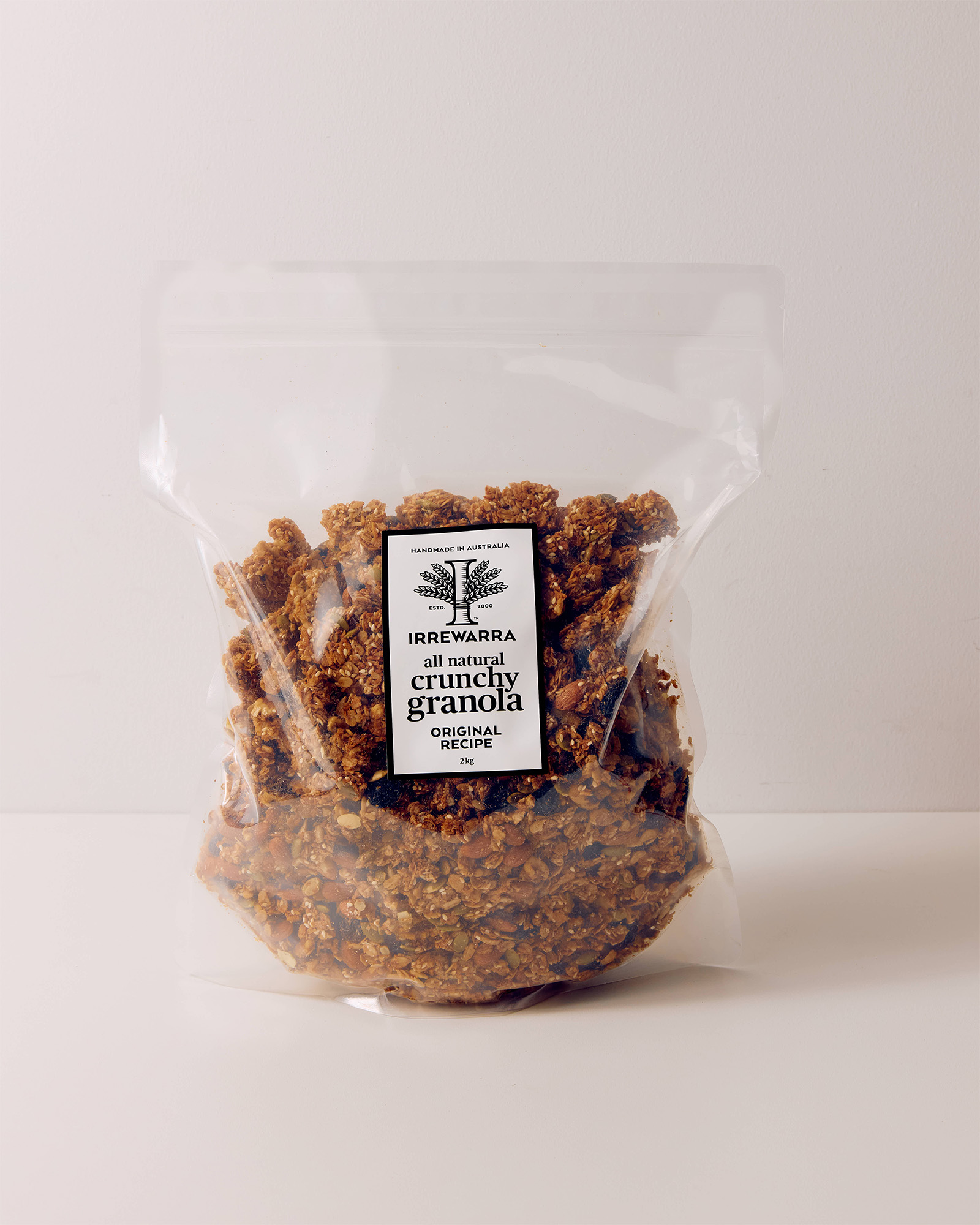Regenerating River Red Gums: restoring Doongara’s natural beauty
Ancient River Red Gum with bridge in background.
It has been an exciting few months for our Irrewarra-Doongara Rewilding Project, with plenty of new wildlife sighted and significant progress in regenerating native trees and vegetation.
Recently, Irrewarra founders John and Bronwynne Calvert visited Doongara to perform a River Red Gum seedling and sapling count. Working diligently to restore the natural beauty and diversity of the site over the last two-and-half years, John and Bronwynne were thrilled to see the excellent growth of many River Red Gum saplings at Doongara – plus hundreds of new seedlings scattering the riverbanks of the Woady Yaloak River.
Read on for more of their sightings on the latest expedition.
Lush and resilient: Doongara’s regenerative cycle
We found that the damage to grasses caused by the extreme flooding of the Woady Yaloak River during the winter of 2022 has now been repaired. The river stayed very high for so long that much of the vegetation underwater died, but now the grasses and ground cover has grown back, including lots of native Poa grass. Of course, the benefit of flooding is the added topsoil and nutrients that it brings to the river flats – which are now looking very lush. The Woady did not flood this year, a sign that we are now in an El Niño weather pattern.
L: Photo showing how high the river rose in 2022 – flood debris deposited in the fork of the tree.
R: Poa grass reshooting. Images: B. Calvert.
There was plenty of “water button” ground cover flowering with its tiny yellow button flowers, close to the water's edge. Image: B. Calvert.
The impact of destocking
Removing stock from the property has been a critical step in the revegetation process of Doongara. The primary reason for removing stock from the site is to allow native trees, shrubs, rushes, sedges and grasses to germinate naturally and grow into a mature plant. The main tree along the river edge is the River Red Gum, which is found throughout Australia on riverbanks, around billabongs and on floodplains.
Cattle and sheep will graze on the River Red Gum seedlings that germinate along the river banks and flats. This is why along most rivers that are grazed, the only trees left are very old; cattle grazing hasn’t given the seedlings and saplings a chance to grow and mature. Because Doongara has been grazed since white settlement, most of the trees along the river are over 150 years old, on the waters edge out of reach of cattle.
Photo showing the Woady Yaloak river c1900 with River Red Gums. Many of these are probably still alive today.
Cattle also graze native rushes, sedges and grasses. Their hooves trample vegetation, particularly along the river banks and in the shallows and flats. They will often wander right into the river, compacting the soil and depositing nutrient rich manure, which is not conducive to native vegetation growth, causes algae blooms and spreads the seeds from noxious weeds.
Having destocked now for two-and-a-half years, we were very pleased to see about 15 young River Red Gums, between 1 and 3 metres high, dotted along the river bank from the bridge on the Hamilton Highway to the north of the anabranch, down near the old Ford.
Two metre River Red Gum sapling. Image: B. Calvert
In between these larger saplings were literally hundreds of River Red Gum seedlings! We hope to see them continue to grow into mature trees. Further south across the anabranch, on the ‘island’ that the anabranch is trying to create, there are scatterings of Red Gum saplings of a good size. Poa grasses are also coming up to seed and looking beautiful with their silver shimmering effect in the sunlight and wind.
Large River Red Gum in the background, small River Red Gum sapling in the mid-ground, and Phragmites australis in the foreground, right side. Image: B. Calvert.
Along the riverbank, we also saw abundant growth of Phragmites australis, also known as common reed. When we first purchased a property, this had been grazed out all along the riverbank, and we are very excited to see its return.
Spectacular moments amongst the Doongara birdlife
As usual, we saw plentiful birdlife, with some extra special sightings on the day. Our picnic lunch on the massive bulging roots of a River Red Gum gave us time to sit and watch the birdlife without disturbing it.
John and Bronwynne’s picturesque picnic spot. Image: B. Calvert.
We were amazed to watch a small Whiskered Tern constantly flying up and down the river, skimming the surface to catch insects and diving in to feed, and were treated to the sight of two black swans moving gracefully up the river, with their four grey cygnets following.
Two beautiful black swans with their four cygnets. Image: Adam Fry.
We also spotted numerous pelicans and enjoyed watching them flying to land on the river, amazingly resembling a glider plane landing. Plus a Whistling Kite hunting, black Great Cormorants and many ducks coming in and out of the Phragmites Australis reeds.
We were also pleased to hear that on his most recent visit to conduct a bird audit, local bird expert Adam Fry witnessed a White-bellied Sea-Eagle soaring over Doongara, a beautiful sight to behold. It is amazing to see a White-bellied Sea-Eagle so far inland, but the vast lakes habitat south of Doongara is a feeding and breeding ground for them.
A White-Bellied Sea-Eagle soaring over Doongara. Image: Adam Fry
These additional sightings bring the total birdlife count at Doongara to a very impressive 76 species, and we are so thrilled to have achieved this outcome in just two-and-a-half short years. In the future, we hope to open the site for visitors passionate about revegetation and preserving native landscapes and ecosystems – and play our small part in rewilding our planet.
Learn more about the Irrewarra-Doongara Rewilding Project here.



















